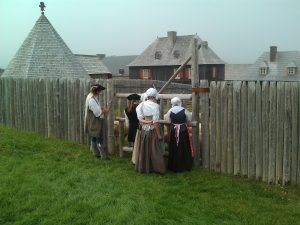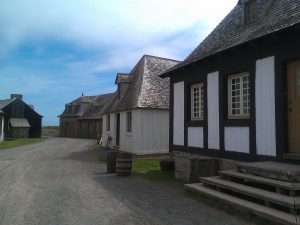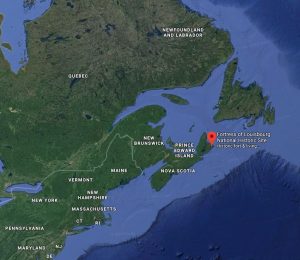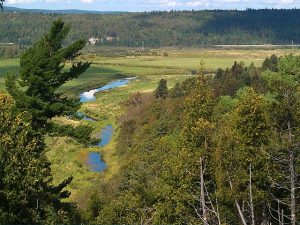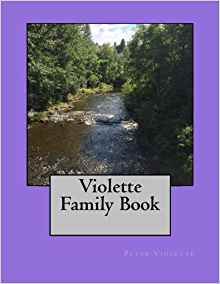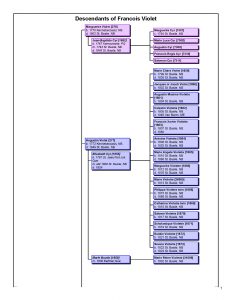Do you have a story about a Violette event you want to share? Would you like to tell about a notable Violette person?
We would like to help you with tasks like those, here on VioletteRegistry.com.
Let Dave Violette, our President and Webmaster, know what you have in mind and he can help you get the story published here. Don’t worry if you are concerned about your writing skills! Dave will help you organize your story and help you polish it for readability. He can also help you with illustrations or images to enhance your story. Continue reading




